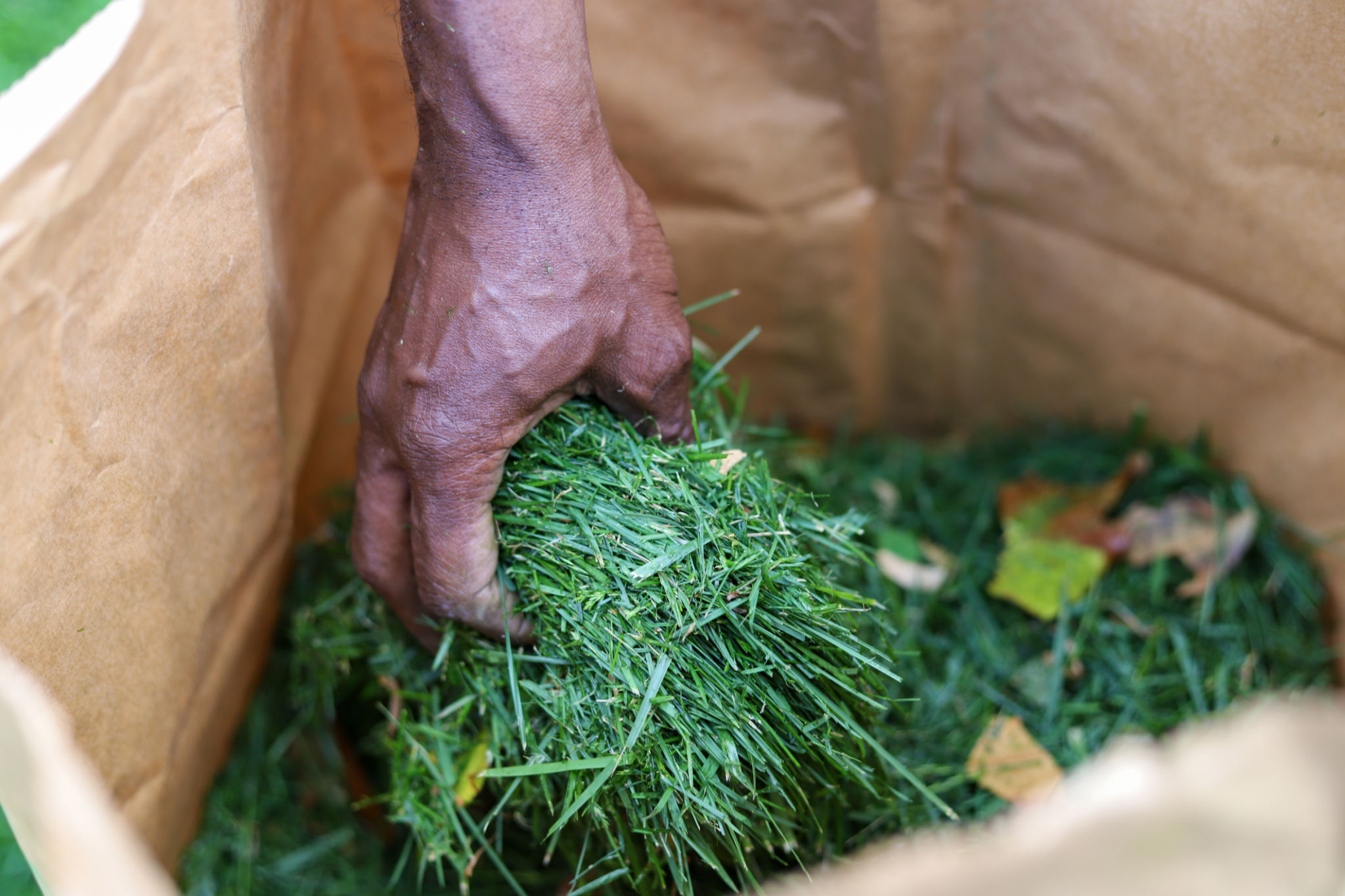Common Lawn Care Misconceptions: Debunking Myths About Grass Cutting
Tl
Introduction to Lawn Care Misconceptions
Lawn care is an essential part of maintaining a beautiful and healthy yard, yet it's often misunderstood. Many homeowners fall prey to common myths about grass cutting, leading to less-than-ideal results. In this blog post, we'll debunk these myths and provide you with accurate information to help you achieve the lawn of your dreams.

Myth 1: Cutting Grass Short Means Less Mowing
One of the most common misconceptions is that cutting your grass shorter will reduce the frequency of mowing. While it might seem logical, this approach can do more harm than good. Cutting the grass too short, known as "scalping," can stress the lawn and make it more susceptible to weeds and diseases.
Instead, aim to cut only one-third of the grass blade at a time. This practice not only helps maintain a healthier lawn but also supports root growth, resulting in a more resilient and lush yard.
Myth 2: Bagging Clippings Is Always Necessary
Many people believe that bagging grass clippings is essential to keep the lawn clean. However, leaving clippings on the lawn can actually be beneficial. The practice of "grasscycling" allows clippings to decompose and return valuable nutrients to the soil, promoting healthier grass growth.

Myth 3: All Grasses Are the Same
A common misconception is that all grass types require the same care. In reality, different grass species have unique needs and thrive under different conditions. Whether you're dealing with cool-season grasses like fescue or warm-season varieties like Bermuda, understanding the specific requirements of your lawn can make a significant difference in its health and appearance.
Researching your specific grass type will help you tailor your lawn care routine, ensuring optimal results and a vibrant green space.
Myth 4: Watering Is Not Related to Cutting
Some homeowners assume that mowing and watering are unrelated activities. However, the timing and frequency of watering can impact how you should mow your lawn. It's best to mow when the grass is dry to avoid clumping and uneven cuts.

Myth 5: Mowing in a Single Direction Is Fine
Mowing in the same direction every time can lead to soil compaction and uneven grass growth. Alternating your mowing pattern helps prevent these issues, promoting a healthier lawn. By changing the direction, you reduce wear on the grass and encourage upright growth.
Conclusion
Understanding and debunking these common lawn care misconceptions can significantly improve the health and appearance of your yard. By adopting proper mowing techniques and considering the unique needs of your grass type, you'll be well on your way to maintaining a lush and vibrant lawn all season long.